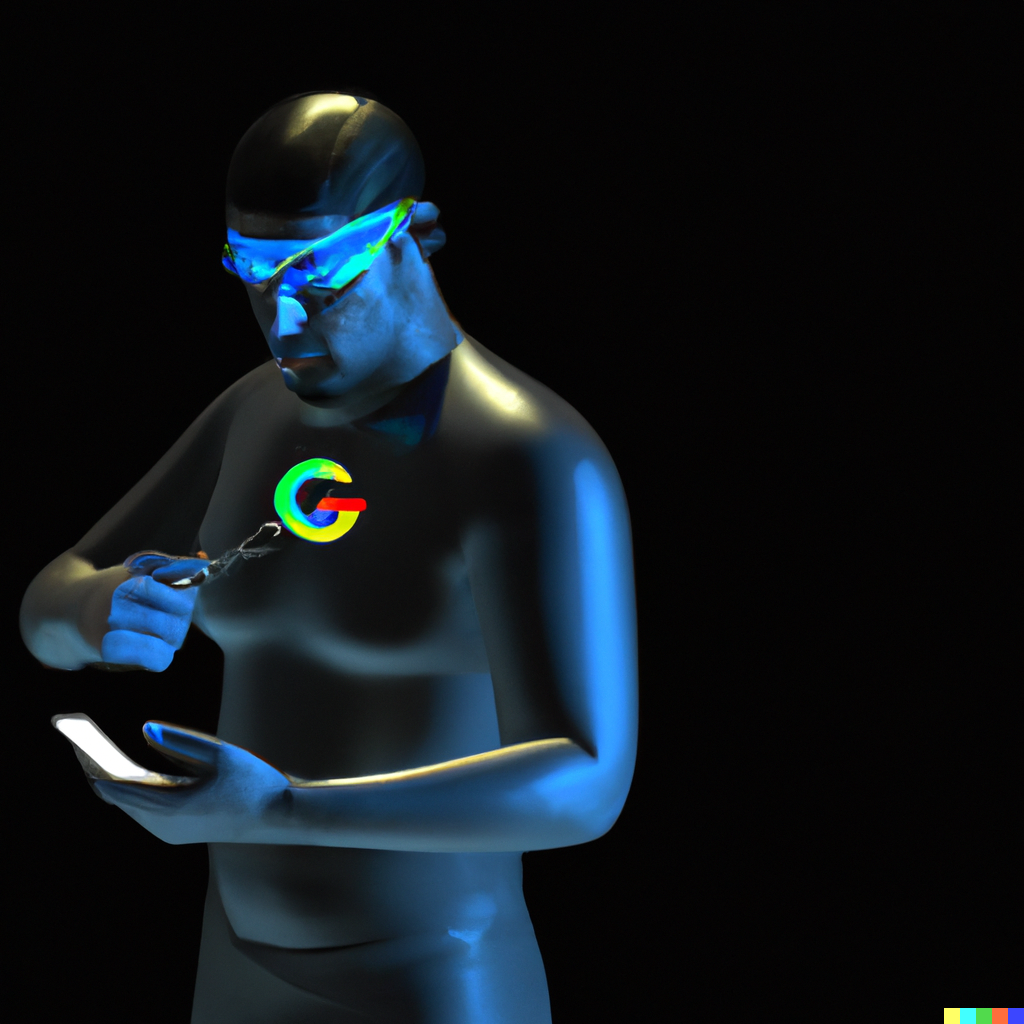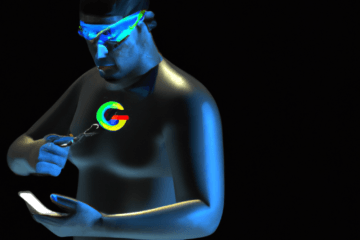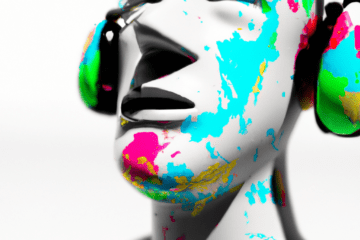In recent years, NFTs (Non-Fungible Tokens) have become a buzzword in the art world. The concept of NFTs in the art world is relatively new but has gained significant attention and popularity in a short period. In simple terms, an NFT is a digital certificate of authenticity for an artwork, that allows buyers to own unique, one-of-a-kind digital creations. In this blog, we will explore the world of NFTs in the art world, including its benefits and challenges, and how it has changed the art market.

What are NFTs?
NFTs are digital tokens that represent a unique asset or piece of art. Unlike regular cryptocurrencies like Bitcoin or Ethereum, NFTs cannot be exchanged for another NFT of the same value. Each NFT is one-of-a-kind and has a unique identifier that distinguishes it from all other NFTs.
NFTs can be used to represent various digital assets, including images, videos, music, and other creative works. Artists can create their unique digital artwork and sell them as NFTs. These NFTs are stored on a blockchain, which is a decentralized digital ledger that records all transactions and ownership of the artwork.
How do NFTs work in the art world?
NFTs have changed the way artists sell their artwork. Previously, digital art was often pirated or shared without permission, making it challenging for artists to monetize their work. NFTs offer a solution to this problem by allowing artists to sell unique, one-of-a-kind digital artwork that cannot be replicated or stolen.
When an artist creates an NFT, they upload their artwork to the blockchain and mint a new NFT. The NFT contains information about the artwork, including the artist’s name, title, and date of creation. Buyers can purchase the NFT using cryptocurrency, and the transaction is recorded on the blockchain.
Once the NFT is purchased, the buyer becomes the owner of the unique digital asset, with the ability to transfer ownership or sell it to another buyer. The artist retains the copyright and can continue to sell the physical copies of their artwork.
Benefits of NFTs in the art world
NFTs have several benefits for artists and collectors in the art world. These include:
- Unique ownership: NFTs offer a unique form of ownership, allowing collectors to own one-of-a-kind digital artwork that cannot be replicated or stolen.
- Transparency: The blockchain provides a transparent record of all transactions, ensuring that ownership of the artwork is clear and verified.
- Royalties: NFTs allow artists to earn royalties every time their artwork is sold or resold, even years after the initial sale.
- Access to a global market: NFTs enable artists to sell their artwork to a global market, without the need for a physical gallery or exhibition space.
Challenges of NFTs in the art world
Despite the many benefits of NFTs, there are also several challenges that need to be addressed. These include:
- Environmental concerns: The process of minting an NFT requires a significant amount of energy, leading to concerns about its environmental impact.
- Accessibility: The use of cryptocurrency as the primary form of payment for NFTs may limit access for some collectors.
- Value: The value of NFTs is often subjective and difficult to determine, leading to concerns about the creation of an NFT bubble.
- Copyright issues: While NFTs offer a solution to piracy in the digital art world, there are still concerns about copyright issues, particularly when it comes to remixing or altering existing artwork.
Conclusion
NFTs have disrupted the art world, providing a new way for artists to monetize their digital creations and offering collectors a unique form of ownership. While there are challenges that need to be addressed, the potential benefits of NFTs in the art world are significant.


